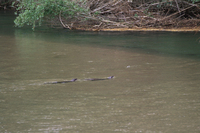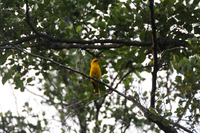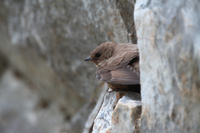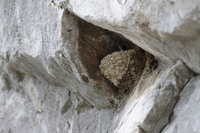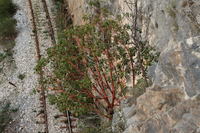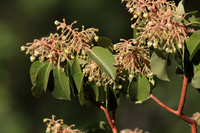Game Location
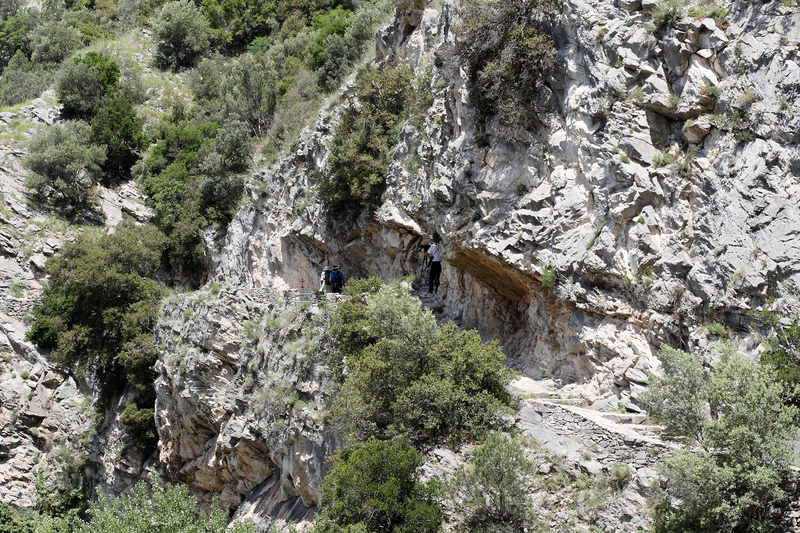

Approximately in the middle of our chosen route and at an artificial cavity of a rock, while sheltered from the weather, you have the opportunity to observe many species representative of the flora and fauna of the region. The species you will observe depend of course on the season which your visit takes place in the area as well as the time you have in hand to spend here. Otter
In dense scrubs, formed from hydrophilic and riparian plants and at the deeper parts of the river which got created due to the continuous flow of water, finds shelter the Otter (Lutra lutra). This is a rare and endangered mammal which is known for its flexibility and its particular speed in swimming. Otters are mainly nocturnal species, which look for their food at the river and at the riparian. The otter is fed on fish, crabs, shellfish, crayfish, water snakes, amphibians, and birds or even other small mammals. Otters are endangered species and are protected in Europe, but here and in the region, Otters have a permanent and stable presence. Golden Oriole
During the summer months and at the same places dense from vegetation, we find the Golden Oriole (Oriolus oriolus), which is easier to hear it, than observe it. Its yellow-greenish colour as well as its natural habit to remain well hidden in dense foliage, make it a kind of a bird which is extremely difficult to observe and one of the hardest to find in the Greek nature. Males are distinguished by their bright yellow colour. The Golden Oriole is a summer visitor of the area and is fed on insects, but also on various wild fruits and nuts. Martin nesting
Martin (Ptyonoprogne rupestris), is an endemic and unique swallow which spends the winter in southern Greece at warm areas, such as lagoons. During summer many populations of martins migrate northwards in dry areas and are often found in central Greece at an altitude of above 1,000 meters. At the valley of Nestos, a small number of martins (Ptyonoprogne rupestris) build their nests on cliffs and in places which are always sheltered. This region is considered to be one of the furthest north locations in Greece where this population of martins is spread. Wild Arbutus
At various spots along the route, in sunny and well sheltered from the cold air positions, even inside very narrow rock crevices, sprouts the Wild Arbutus (Arbutus andrachne). This plant is distinguished from the other species of the flora of the region, by its impressive brick-coloured smooth trunk as well as by the unique plasticity of its branches. During spring we can see its dense flowers which form inflorescences, during late summer as well as in autumn we observe its ripe red fruits which however are not eatable from humans. Nevertheless, during the difficult winter months, the fruits of the wild arbutus provide plenty of food for several animals as well as the fruits of wild olives. Wild arbutus is a slow growing bush which is very resistant to drought, soil’s erosion and fire.


